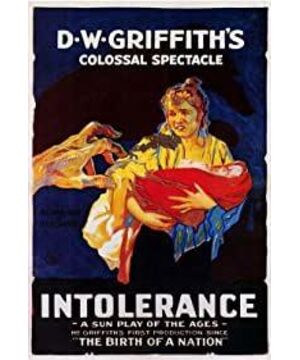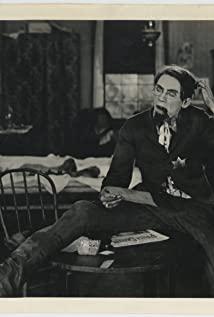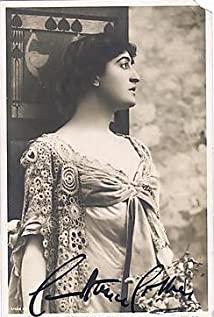Simply put the feeling, four words, shock and wonderful.
The parallel narrative of four clues, the highly simulated Babylonian castle, rocker and hot air balloon photography, the use of theme montage, these techniques that do not seem simple today, were used by Griffith in movies more than 100 years ago, as After birth, I don't know what to do.
The climax of the four clues at the end of the film, including two last-minute rescue sequences, is really addicting. After 1904, American films began to explore the coherent narrative system. By the mid-1910s, the classic Hollywood narrative model had basically been established, and this movie is the best illustration. The film not only tells the story clearly and wonderfully, but also includes the theme of exploring "prejudice and narrow-mindedness", which not only influenced the Soviet montage film movement, but I think even the rise of "author theory" in Europe after World War II. have indirect effects.
In addition, the portrayal of the characters in the film is also very delicate. Especially the girl in the mountains in Babylon, the character is very three-dimensional, and the image of the lively and agile girl is very successful and loved.
The most important thing is that in the movies more than 100 years ago, the content of watching the present can still be explored, that is, whistleblowers have existed in all dynasties, and their fates are very similar, which is embarrassing.
The content carried by great works is penetrating.
View more about Intolerance reviews











